I Threw My Stepmom Out of My Dad’s House — It’s Not a Free Hotel

Ever wondered what it would be like to hear the sound of a black hole? NASA has got you covered. Here is a screaming black hole. “Screaming, in space?” I thought in space, no one can hear you scream. Well, let me explain. Using a telescope, NASA examined the movements of hot gas in a cluster of galaxies in 2002.
Then they converted what they found into a sonification. The sound — how should I put it politely — wasn’t appealing, but that’s okay. After all, you’re able to hear the noise hot gas produces in a cluster of galaxies 250 million light-years away. Hey, would you like to hear the sound gas produces right here on Earth? Uh, never mind.
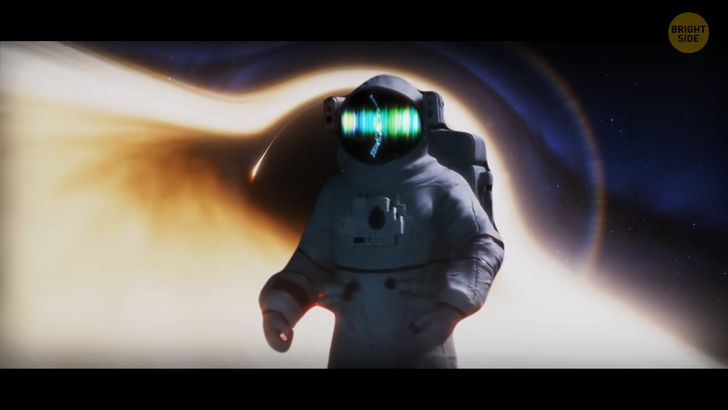
Sound waves already existed over there in the gas cluster, so experts just rescaled them to the range of human hearing. This is how they converted the input coming from the telescope. The principle is universal: in our atmosphere, we can hear stuff because pressure waves move through a medium like liquid or gas.
Sound waves in these galaxies can also move because they’re surrounded by gas. What does it have to do with black holes? Well, the thing triggering those pressure waves in the cluster is a giant black hole. To be more precise, it’s a supermassive black hole that weighs millions of times more than the Sun.
Experts still don’t fully understand the relationship between supermassive black holes and the clusters surrounding them. They only know that these two evolve together. They’re interrelated. The cluster feeds the black hole with new material and so on. And in return, the black hole heats the cluster. That’s all we know.
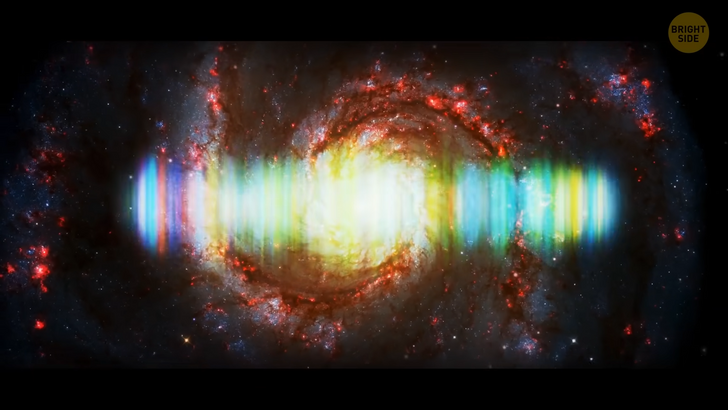
Now, this made me wonder how large the biggest black holes are. There are 4 types of black holes: stellar, intermediate, supermassive, and miniature. Naturally, the biggest ones fall into the category of supermassive. The largest black hole in the Universe we’ve discovered so far is about 66 billion times larger than the Sun. It’s one of the brightest objects in the Universe.
Astronomers keep scanning space and finding new black holes. But have you wondered when the first black hole was spotted? It was discovered by different researchers independently in 1971. Scientists first confirmed that these objects were formed from the remnants of massive stars. After a black hole appeared, it then consumed all the nearby objects.
Here is a quick recap of how these space objects work. Their gravitational force is super strong. Nothing can escape a black hole after crossing the event horizon. Black holes eat everything. Just like me. Heh, heh. I mean, even light gets trapped inside them.
What’s even cooler slash scarier is that the laws of time and space become distorted there. If you were falling into a black hole, you would realize that time slows down there. Einstein explains this in his famous General Relativity Theory. In very, very basic terms, time gets affected by how fast you are moving at extreme speeds.
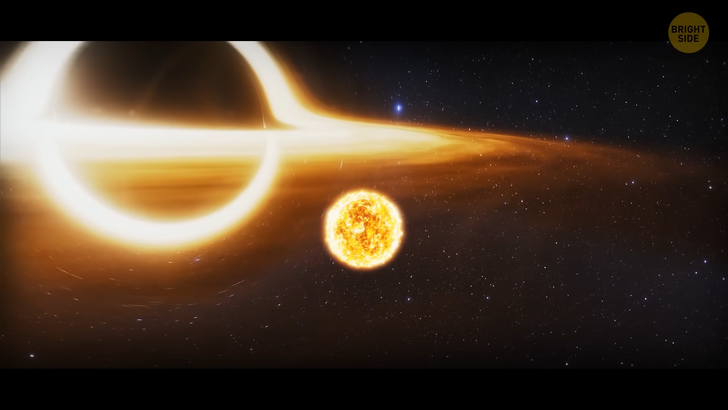
NASA has discovered a rapidly growing black hole — but don’t worry, the world isn’t in danger. This black hole has been in front of the eyes of astronomers this whole time. It’s in a region of a well-studied sky field. Astronomers say that this hole formed 750 million years after the Big Bang — you know, the birth of our Universe.
So, why are black holes so bright? Well, that’s a bit ironic. When I defined this space phenomenon, I said that black holes were so dense that even light got trapped there. But ask any astrophysicist, and they’ll confirm that black holes are among the brightest objects in space. That’s because black holes don’t exist alone.
They sit at the centers of galaxies and are usually surrounded by clouds of hot gas. And these clouds create cosmic auras around black holes. I must mention, though, that you can’t see a black hole directly. What you see is actually the effects it has on its environment. For instance, you can see space objects being ripped apart by a black hole.
Remember when the first time ever silhouette image of a black hole was shared with the public in 2019? Proof, you fellas. You wouldn’t really see the black hole if there was no orange ring. Why is the ring orange and not green or purple? The dark circle inside is the “shadow” of the black hole.
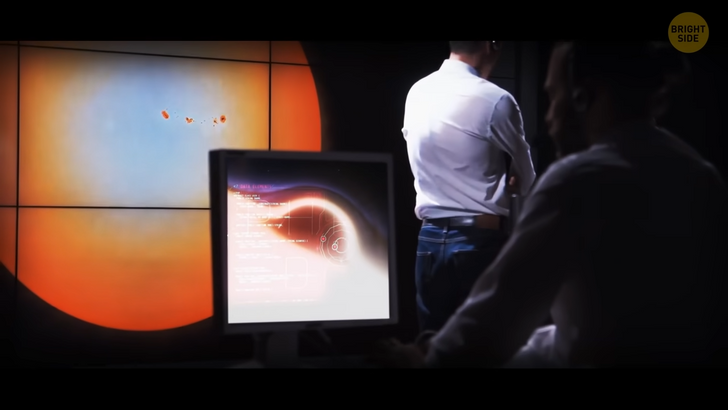
The glowing orange of the bright ring in the image isn’t the real hue of the gas. I’m a little heartbroken here. It’s a representation picked by researchers to depict the brightness of the emissions. A scientist explained that “Yellow is the most intense emission, red is less intense, and black has little or no emission at all. In the optical range, this ring would likely seem white, perhaps tinged with blue or red.”
“Spagettification” is a real word. That’s an astonishing ability black holes have. If a giraffe fell into a black hole, it would stretch into a long spaghetti-like strand. On Earth, the giraffe’s legs are closer to the center of Earth. So, they’re more powerfully attracted to the surface than the animal’s head.
This rule works in the animal’s favor on Earth but would work against it inside a black hole. In a black hole, there’s extreme gravity. The closer the giraffe’s legs got to the center of the black hole, the more the pull of gravity would stretch them. And the closer to the center the giraffe got, the faster its legs would move.
But the top half of the giraffe’s body would be farther away, so it wouldn’t move toward the center as fast as the legs. Here comes the spaghettification! Um, can we have meat balls with that? NO?

The only difference between a black hole and our Sun is that the center of the hole is made of super dense material. It provides the black hole with a strong gravitational field that can trap everything, including light. This is why we can’t see black holes.
Did you know that, theoretically, you could turn anything into a black hole? For instance, if you shrank the Sun to approximately 4 miles across, you would compress the matter inside to an extremely small size. This would make it so dense that our star would turn into a black hole. You could do the same with a planet or even your own body.
Is there something called a “white hole,” or is it just a myth? White holes exist in theory. Hypothetically, they function in the opposite way to black holes. Nothing can enter them.
Physicists think of black and white holes as yin and yang or two sides of the same coin. For them, a white hole looks exactly like a black hole which makes different things come out of it. But the existence of white holes hasn’t been proved yet.
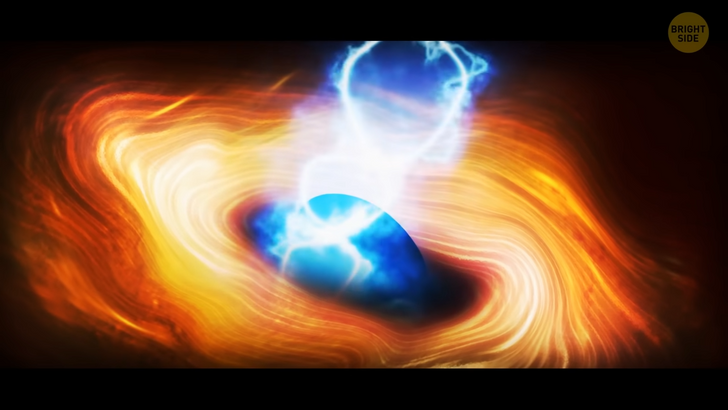
And how about wormholes? There are so many movies about black holes and wormholes. How many of them are based on reality, and how much is fiction? Some people believe that black holes function like wormholes.
You go inside and exit in another part of the Universe. Since we still have a lot to learn and discover about physics, no one can prove this theory is wrong — or right. Astrophysics says we need to have a solid theory that unifies general relativity with quantum mechanics.
Black holes are among the largest structures in the Universe, but there might be “tiny” specimens. The mass of the smallest black hole we know about is only 3 times greater than that of our Sun.
Apparently, black holes can vanish. Stephen Hawking developed a theory of Hawking radiation. According to it, radiation decreases the mass and rotational energy of black holes. And ultimately, they evaporate. This process occurs very slowly, though — if we’re not talking about small black holes.
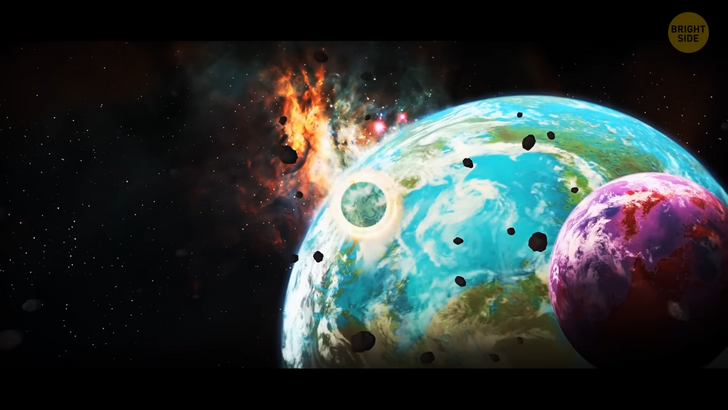
Astronomers have discovered an elusive black hole in the neighboring galaxy. What makes this one special is the fact that it’s the first dormant stellar black hole outside of our galaxy.
This type of black hole is hard to observe because such holes don’t interact much with their environment. They don’t emit as much radiation as other black holes.
Back here on Earth, what about sinkholes? Well, different physics. Yet, if you cross the event horizon, your whole car can disappear! Whoops!











